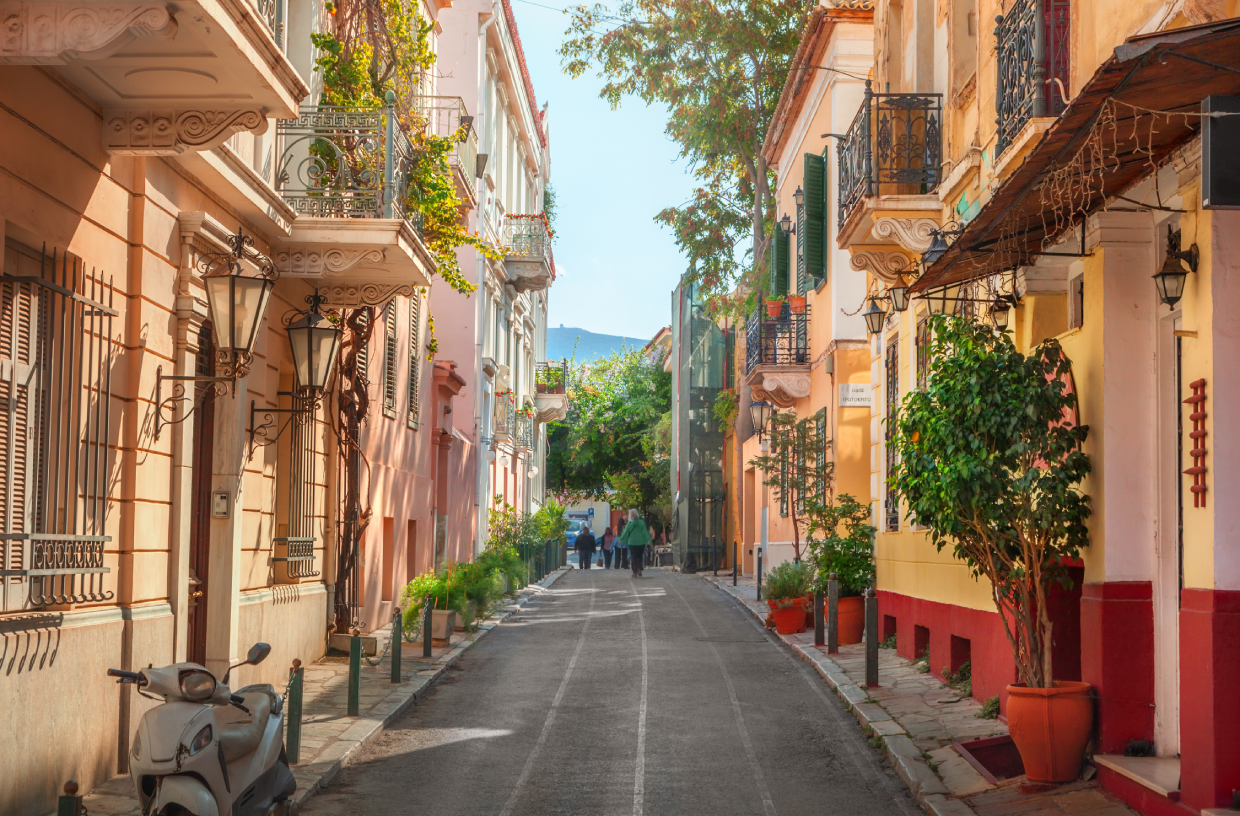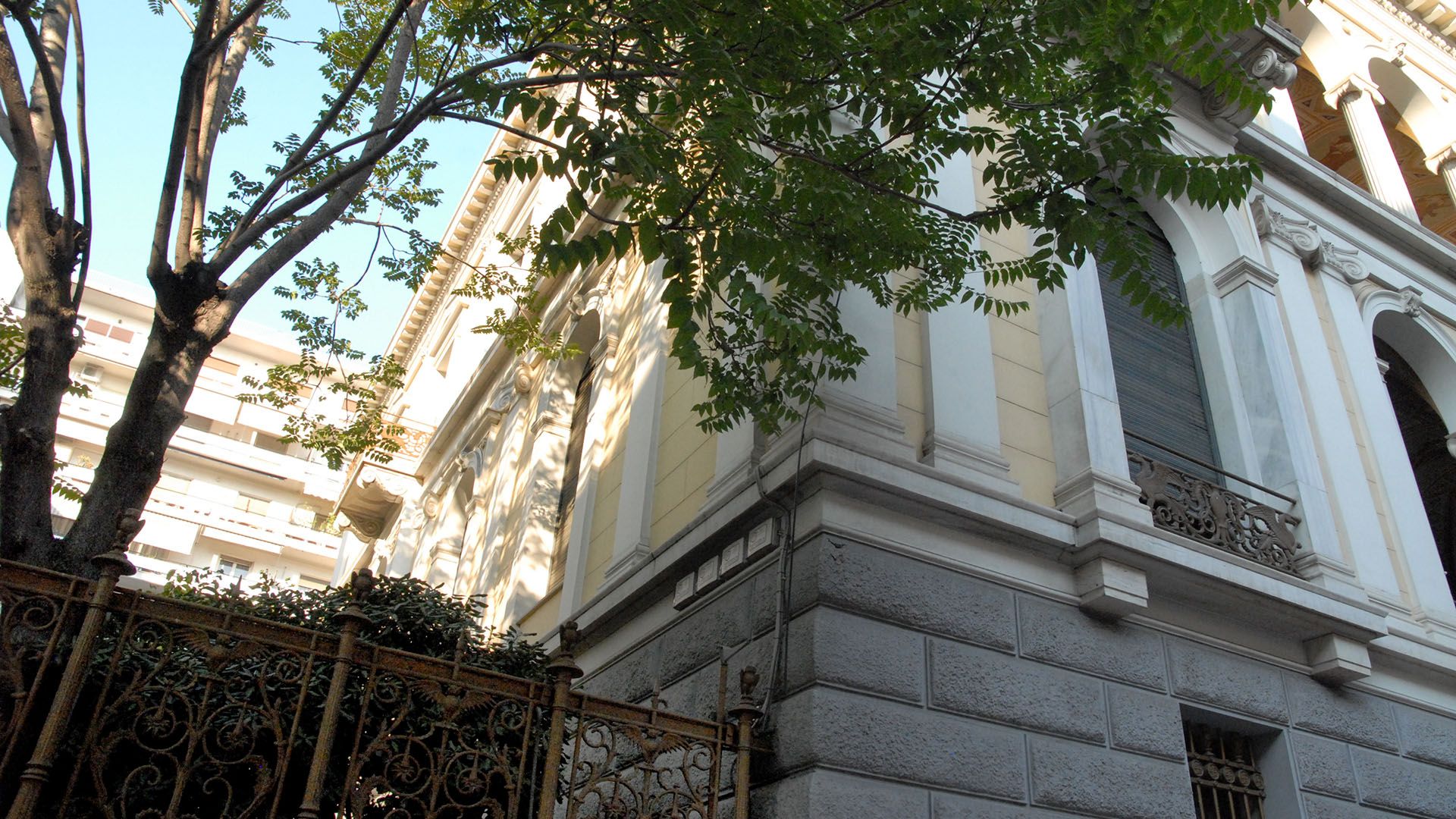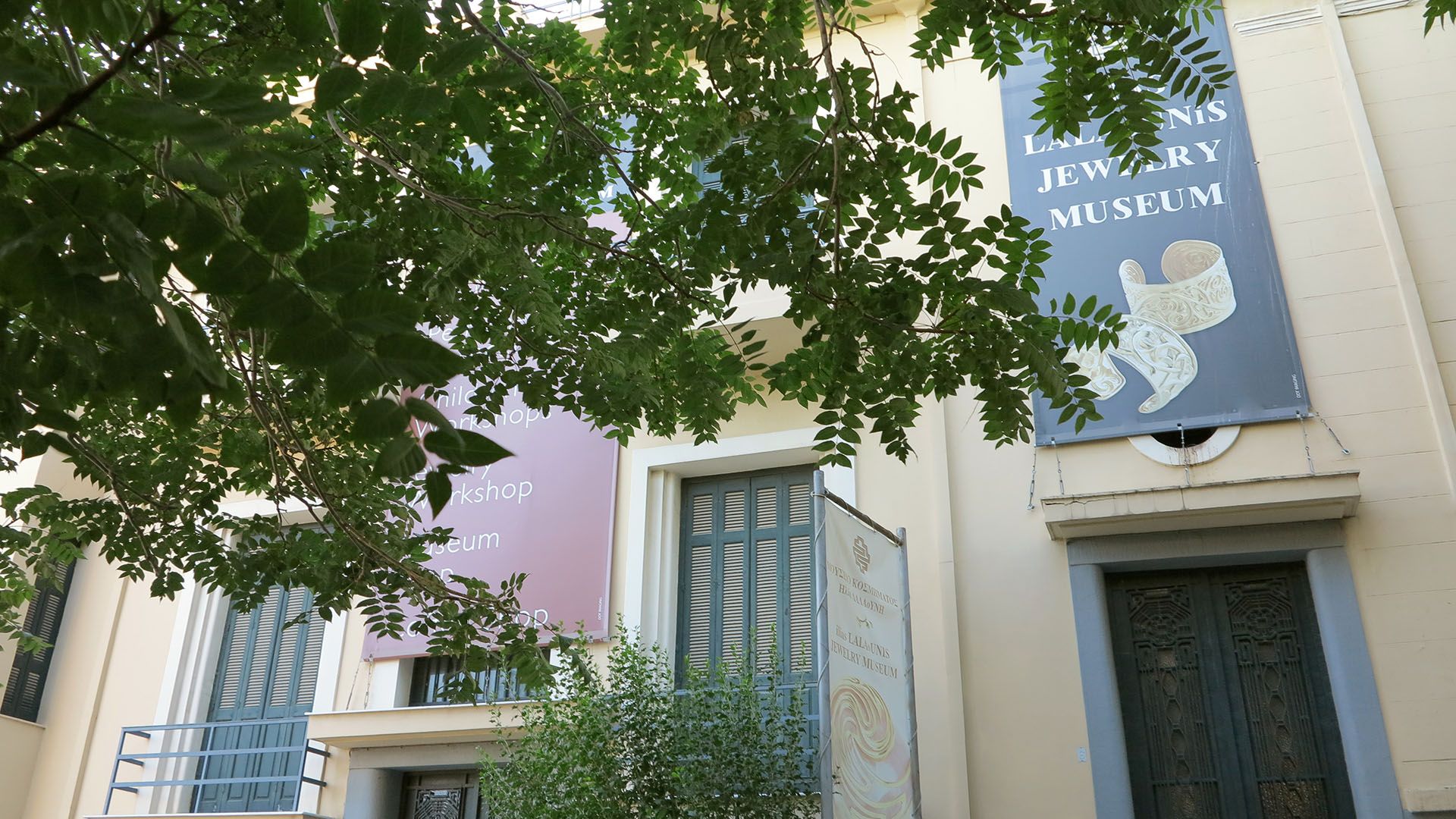Temple of Hephaestus
Temple of Hephaestus
The Temple of Hephaestus at Agoraios Colonos, also known as “Thission”, is the best-preserved example of a Doric temple in Greece and one of the most important monuments of Pericles’ building program. Built shortly after 450 BC, it was dedicated to Hephaestus and Athena Ergane, on the hill overlooking the Agora square. The temple was richly decorated with sculptures; it consisted of metopes on the east side and the eastern corners of the north and south sides, an Ionic frieze above the peristasis in the pronaos and pediments which survive in a poor condition. It survived the raids of the Heruli and the Goths; it was converted into a Christian church of St. George in the 7th century and continued to be used as a place of Christian worship until 1833. Since then, it operated as a museum, until 1950 when excavations were conducted in its interior.
Earlier remains have been found on the site of the temple, including Mycenaean, Geometric and Archaic finds, but these do not confirm the existence of worship in the area prior to the construction of the temple.
The Hephaisteion is the most impressive and richly decorated monument in the Athenian Agora. Indeed, it is surpassed only by the Parthenon in the richness and quality of its sculptural decoration.
The temple is preserved in an excellent condition, having survived the earthquakes and the disasters that have struck this side of the Athenian Agora, as well as the more serious threat of being quarried for building materials. The reason for this was its conversion into a Christian church.
It is almost certain that the architect made adjustments to the design of the temple during its construction, influenced by the design of the Parthenon, which served as a point of reference and inspiration. This also indicates a certain delay in the completion of the temple. In fact, it is thought that the superstructure was not completed until 420 BC.
Pausanias refers in particular to the bronze cult statues of Hephaestus and Athena that were housed inside the temple. The statues were the work of the great Athenian sculptor Alcamenes and must have been created between 421 and 415 BC, when the Peace of Nicias allowed the Athenian economy to recover and the city’s building projects to be resumed, until the period of the expedition to Sicily. Nothing remains of these, although there are several theories about their restoration.
The Temple is decorated with exceptionally intricate and symbolically rich sculptures. This decoration dates from the period after 421 BC. The state of preservation of most of the metopes is rather poor, because after the temple was converted into a Christian church, zealots systematically destroyed the heads of most of the figures. Only those figures that were considered to symbolize the forces of evil and were depicted in their downfall (e.g. the Minotaur) escaped this fate, as they were identified with Satan and his punishment.
The metopes on the eastern side are now in a very dilapidated condition, as their heads were chiseled off by the Christians, and depict the Labors of Hercules. The most visible side of the temple was the one facing the Agora square. Its 10 metopes depicted: the hero fighting with the Nemean Lion, the killing of the Hydra, the capture of the Cerynean Hind, the capture of the Eurymanthian Boar, the seizure of Diomedes’ mares, the hero carrying Cerberus from the Underworld, Hercules fighting the Queen of the Amazons, the killing of Geryones and the seizure of his oxen (in two metopes) and the same hero taking the Golden Apples of the Hesperides.
The labors of Theseus are depicted in the metopes of the north and south, long sides, around the east facade up to the third column. Specifically, the north side features four labors: the fight against the Crommyonian sow, the destruction of Sciron, Cercyon and Procrustes. On the south side we see the killing of Periphetes, Sinis the Pityocamptes (=pine-bender), the capture of the Marathon Bull and the killing of the Minotaur, the latter being the most famous and recognizable deed of the Athenian hero.
The pediments survive in fragments. Their existence is indicated by the presence of openings in the lower part of the pediments for the insertion and fixation of the sculptures. It is thought that some fragments of sculpture discovered in the area and now kept in the Agora Museum in the Stoa of Attalos, could belong to these pediments. They are made up of Parian marble, just like the metopes and the Ionic friezes: the best preserved fragment shows a girl carrying another girl on her back, a game known as ephedrismos. Other sculptures, such as the torso of a female figure clad in a rather diaphanous tunic, are thought to come from the temple’s Akroteria.
Hephaestus, the protector of metalworking, and Athena Ergane, the protector of all the city’s artisans, were worshipped in this temple. The main festival in honor of Hephaestus was the Hephaisteia, the exact date of which in the Athenian calendar remains unknown. E. Simon, however, argues that the festival took place in the last month of spring, during the Mounychion. Our main source on the festival is a fragmentary inscription dated to 422 BC, which refers to the reform of the festival.
The most important events associated with this festival were the dithyrambic choruses in honour of the god, a torch race and a procession to the temple, culminating in the sacrifice of a large number of goats. The place of this competitive ceremony is justified by Hephaestus’ role as a divinity associated with fire. The torch race is a favourite theme of vase painters; however, as this type of ceremony also appears in other festivals (the Panathenaea and the festivals in honour of Prometheus, Pan and the Thracian divinity Bendis), it is difficult to judge when a particular torch race depiction represents the one in honor of Hephaestus.
The garden surrounding the Hephaisteion was an important attraction itself, as attested by Pausanias, who describes it in some detail. On the basis of the excavation evidence resulting from the extensive investigations of D. Thompson, the garden was created in the 3rd century BC. Large earthen flowerpots were excavated at regular intervals and planted with shrubs and saplings in two rows along the south and north sides and three rows along the west side of the temple. Today, pomegranates are planted in the spots closest to the temple and myrtles in the more distant ones, while the flower pots are kept in the Agora Museum in the Stoa of Attalos.
In the 7th century it was converted into a church dedicated to St George, which explains the systematic destruction of the metopes and the excellent preservation of most of the temple’s superstructure, except for the roof. The temple was reoriented: the main entrance was moved to its opisthodomos, while the pronaos was replaced by an apse. Two entrances were opened in its long sides, while a cupola was built over the cella, and the stone roof that can be seen today was probably installed in the Middle Ages, replacing the original wooden roof.
During the late Byzantine and Ottoman periods, the temple was used for burials. A number of important Protestant visitors who died in Athens were buried in the building, especially those who took part in the Greek Revolution of 1821-1828. When King Otto first arrived in his new capital in 1834, a service was held in his honor at the church of St George. The church was later turned into a museum, housing finds from the Athens area until 1937, when the antiquities were moved and excavations were carried out in and around the temple.








